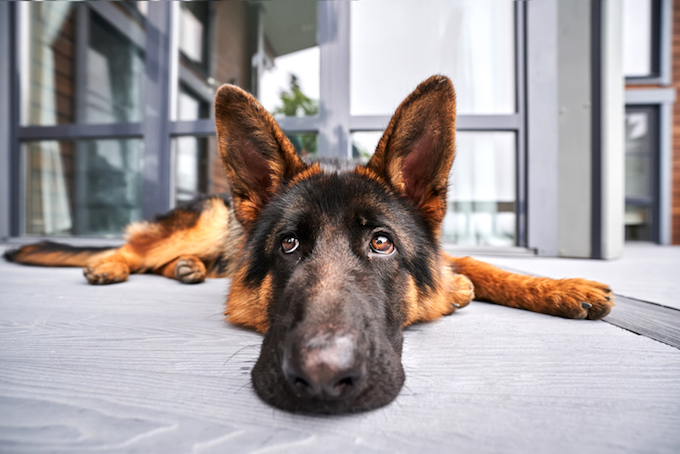Moving slowly in dogs can happen for a number of reasons. For example, old age, pain, and infection can all cause the condition.
It’s important to pay attention to signs of the condition in your dog. This is because it can signal an underlying condition. Remember, your dog isn’t just being lazy.
If you see the signs of the condition in your dog, then get to a veterinarian for a proper diagnosis and treatment.
Here’s what you should know about the symptoms, causes, and treatments for the condition.
Symptoms of Moving Slowly in Dogs
The condition produces a range of symptoms. For instance, some of the most common symptoms include:
- Acting lethargic
- Sleeping more than usual
- Limping
- Difficulty going up stairs
- Not showing an interest in treats
Causes of Moving Slowly in Dogs

The cause of the condition can be a wide number of things. However, the following are the most common causes of the condition:
- Parasites (including fleas and ticks)
- Pain
- Injuries
- Cancer
- Infections
- Certain medications
- Poisons
Treatments for Moving Slowly in Dogs
Firstly, make sure to monitor your dog’s activity. Takes notes on how active they are, including any changes to their routine.
Secondly, make an appointment with your vet. Usually, your vet will order blood and urine tests. These can help to figure out the underlying cause of the condition. Additionally, X-rays and ultrasounds can be used if there is a suspected injury.
Generally, treatment will depend on the underlying cause of the condition. For example, injuries can be treated with medication and rest. Cases that involve an infection can also be treated with medication.
As always, if your vet prescribes your dog any medicine, make sure to stick to the correct dose and frequency instructions. Also, complete the full course of medicine.
Additionally, dietary supplements can help with the condition. For instance, omega-3 supplements can help if your dog is suffering from joint issues.
Ultimately, prevention is better than cure with this condition. So keep up regular vet visits, always feed your dog a well-balanced nutritional diet, and make sure your dog gets enough daily exercise.
Have you ever cared for a dog who suffered from this condition? How did your vet help your dog recover? Let us know in the comments section below.








